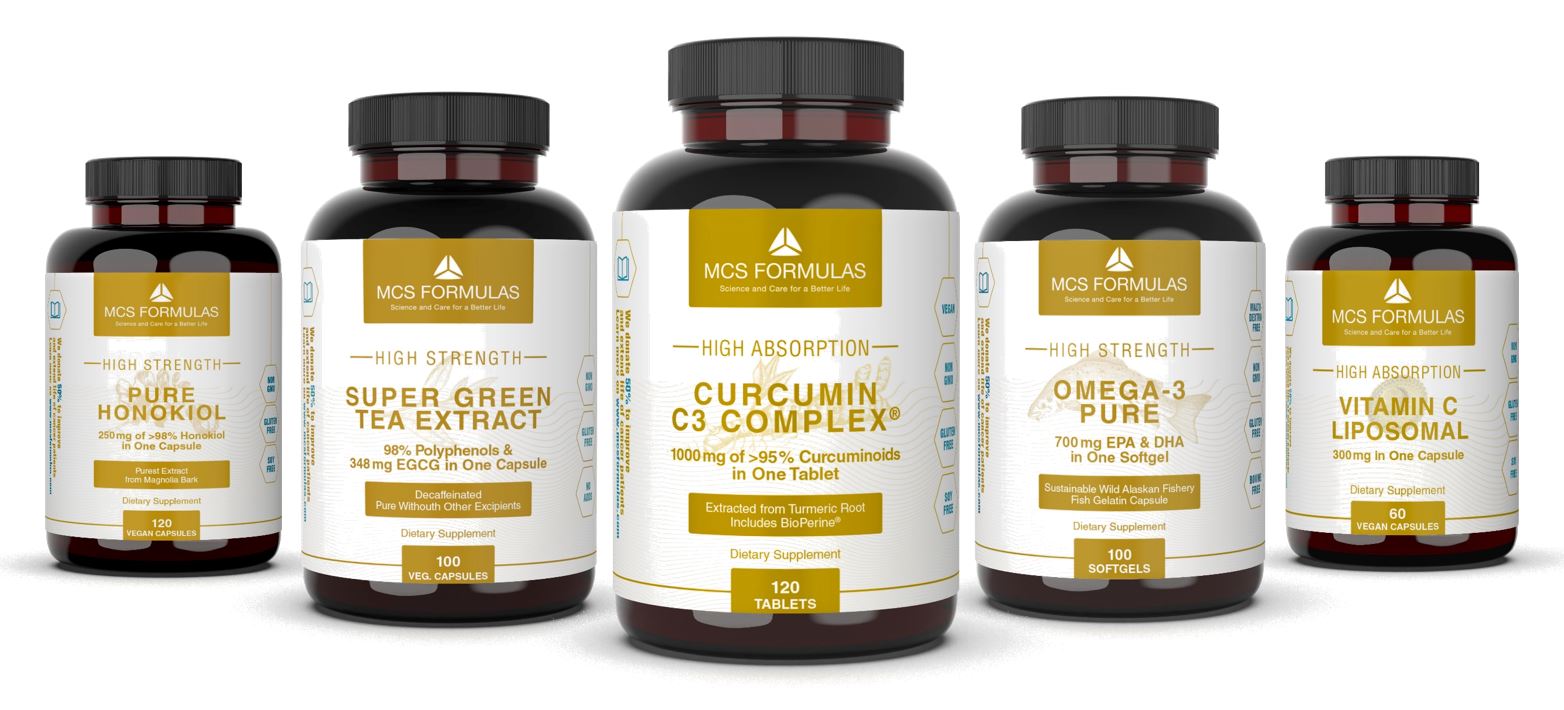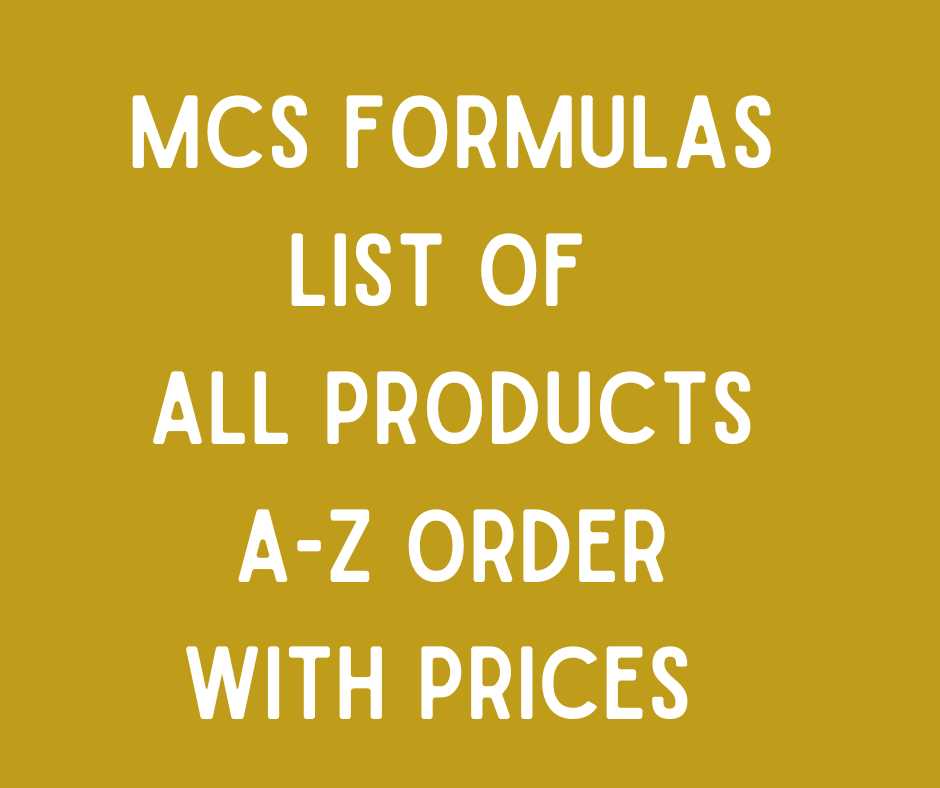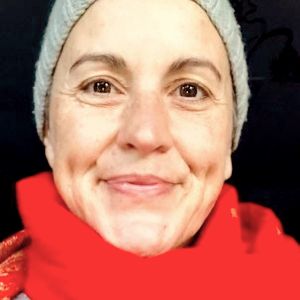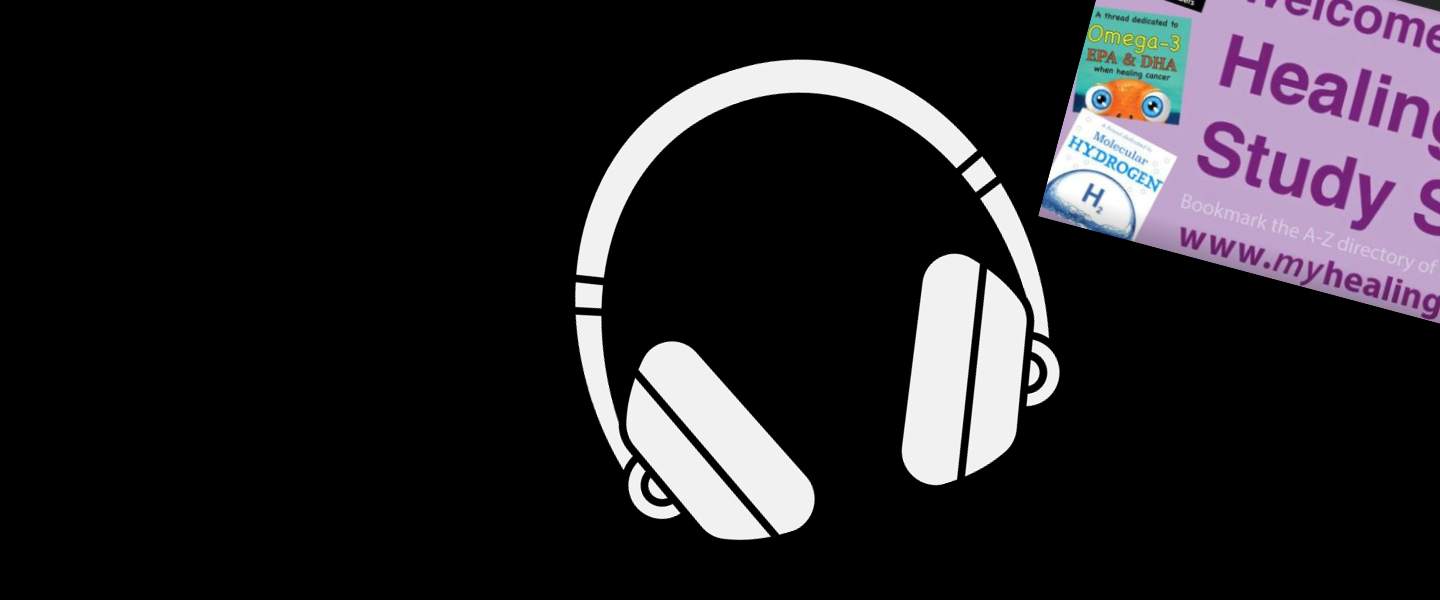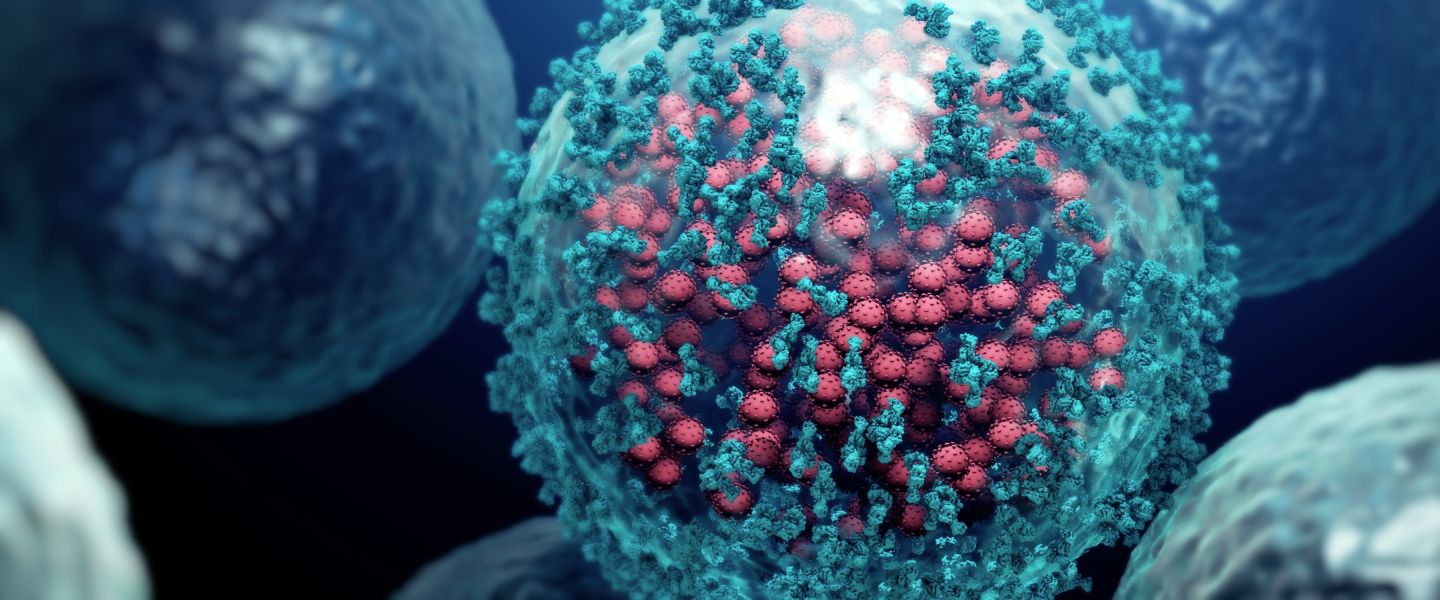Breast Cancer Pathways Project
Including Free Download of the Latest Worksheet - Released in June 2021 and updated on a regular basis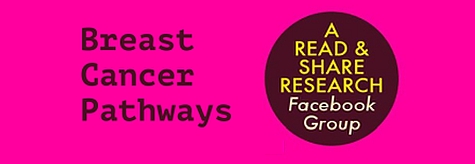
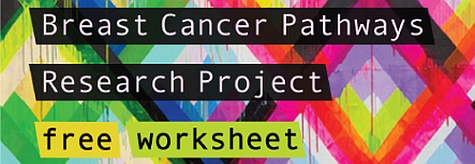
Collaboration, community & care.
Facebook GroupJOIN or LOGIN
A Quick Video Preview
"Cancer doesn’t happen in a vacuum. It’s important to consider the larger environment in which your cancer is growing, so we encourage exploring areas of your personal terrain that need attention, especially the emotional and environmental contributors."
Have you considered working with a certified cancer terrain advocate to support you in addressing the Terrain Ten?
Breast Cancer Project Good Sense & Safety First Guidelines
The information presented in the worksheets should not be taken as medical advice. Please consult a medical practitioner before adding any drug or supplement to your protocol, and seek out guidance from an integrative cancer practitioner who can guide you in your protocol choices.
We encourage users to seek out help from an integrative cancer practitioner to put the research into the context of clinical experience and help you create the best protocol for your individual situation.
The worksheet should not be viewed as a prescriptive “laundry list” of things to take. Instead, we hope this effort will lead you and your integrative practitioner to further consider the impacts of your protocol and explore the evidence available on the PubMed database.
1. How do I download the Breast Cancer Pathways Worksheet to my Computer?
IMPORTANT: Please Delete Previous Versions...
BEFORE DOWNLOADING, PLEASE DELETE ANY EXISTING VERSIONS OF THE WORKSHEETS (OR PREVIOUSLY NAMED FAST SHEETS) AND REPLACE WITH THIS UPDATED VERSION.The Breast Cancer Pathways worksheet will open into a new browser window/tab....
1. You will be brought to a Google sign-in page where you’ll be prompted to sign into your account or create a free G-mail account.
2. Open your Google drive (you get one free when you create a free G-mail account.)
3. Make a copy of the Worksheet as you are instructed.
e.g
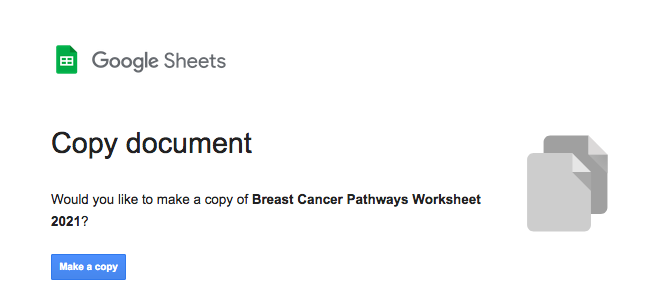
4. Once your copy of the worksheet is open in Google sheets app - Add your name and the date to the title of the worksheet.


2. Take a look around your own personal copy of the worksheet.
TIP: Navigating on a Mobile Device is different
You will notice that the worksheet navigation tabs at the very bottom of your screen will hide once you scroll down the page. Scroll up the page and the navigation menu tabs will re-appear. When all navigation tabs and menus vanish click on the little ‘tick’ symbol that appears at the very top left corner of the screen to move out of edit mode and back into navigation mode.Start using your worksheet by first indicating your current choices using the pull-down menu on the page titled “Enter Master Data”
IMPORTANT: Do not edit our text in Column A or in Column B on any sheet as you will break the code that enables the information to populate the entire worksheet.
You can write what you like in all the other columns to the right side of column B.
3. Where do I add my Standard of Care (SOC) Choices?
4. Typical Dosages?
5. Sharing your personal worksheet is easy.
We know it’s a lot to take in!
Take a little break, pause, relax...Overwhelmed?
TIP: The golden rule is “copy & edit the worksheet name before you update master data”
See the video below to understand how.Take your time, breathe!
Want a hard copy?
Download each individual page or “sheet” onto your hard drive in Adobe and put in appropriate page breaks before printing.
Do not print directly from a Google drive.
Need technical help?
Providing Worksheet Feedback.
Appreciation, Gratitude and Healthy Boundaries.
We offer special thanks to Steve Cossell, Jayde Simpson, Debbie Hayes, Riki Rose, Arpan Talwar, Sally Cusack, Antonia Keiko Anni and Sheena McKinney for their help with the many editing tasks needed to bring this new worksheet to fruition.Breast Cancer Pathways Research Sharing Community (Facebook)
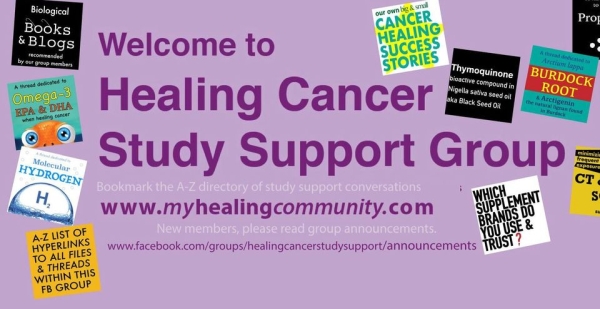
Healing Cancer Study Support Group (on Facebook)
"A cancer community that is hope focused, science driven."One of the purposes of this website is to support the Healing Cancer Study Support Facebook group. The aim of the Healing Cancer Study Support Facebook group is to make the task of researching the many topics pertaining to healing cancer easier, faster and friendlier. The A-Z list of conversation facebook group threads and files on this website, links to Facebook threads (topics/discussions) found within the Healing Cancer Study Support Group (private Facebook group, founded by Abbey).
The Facebook Group and in some cases the Blog Articles on this website, will unpack the same topics, and supplements we have researched for the Breast Cancer Pathways Free to download Worksheet.
Join and participate in these online communities to learn all you can.
Popular Articles & Research (MHC Blog)
Reclaiming the patient voice in cancer research: how the Morningside registry is transforming cancer research

Hormone Pathways Impacting Colorectal Cancers

MCS Formulas A to Z list of products & prices (with links)
